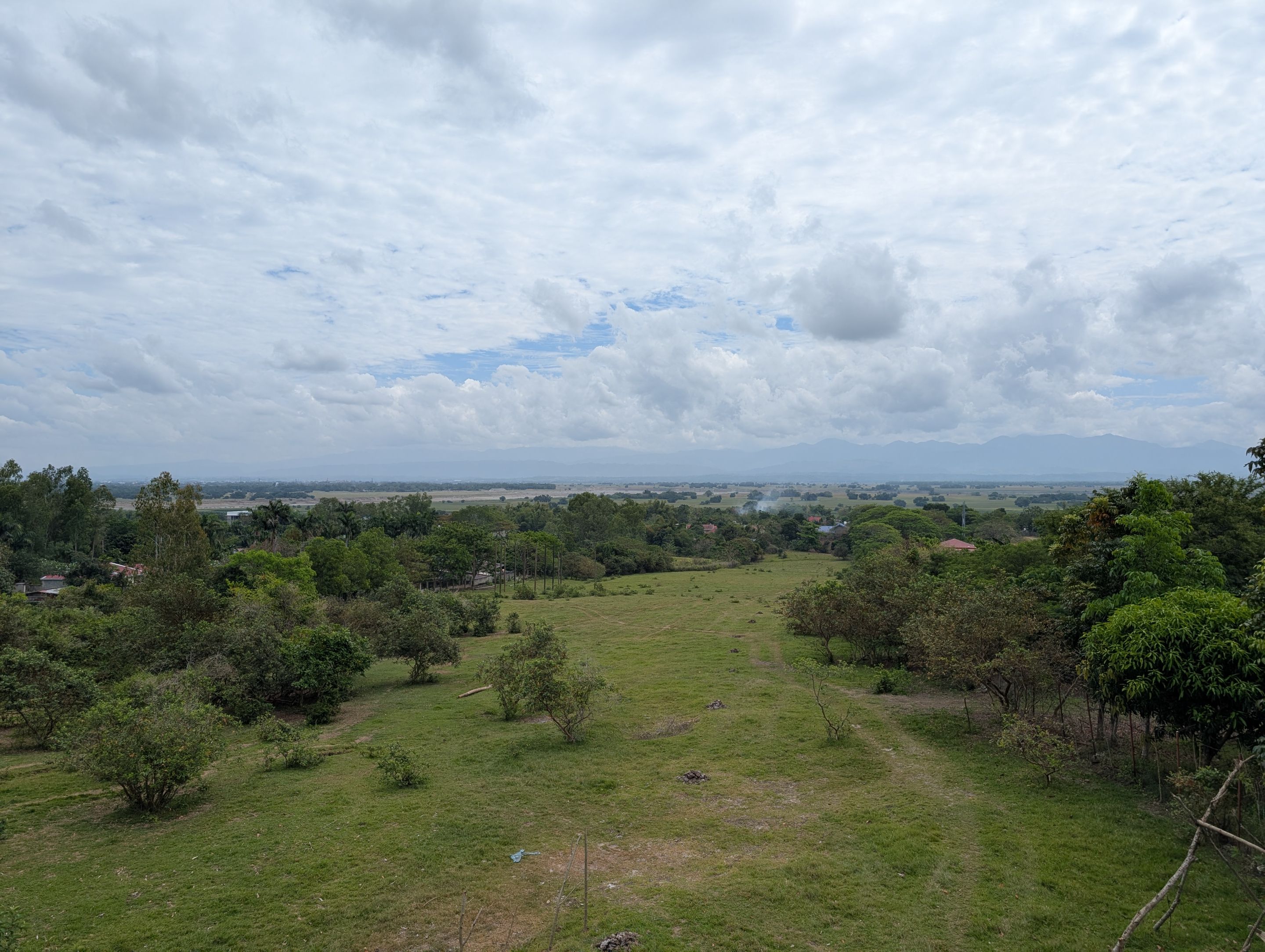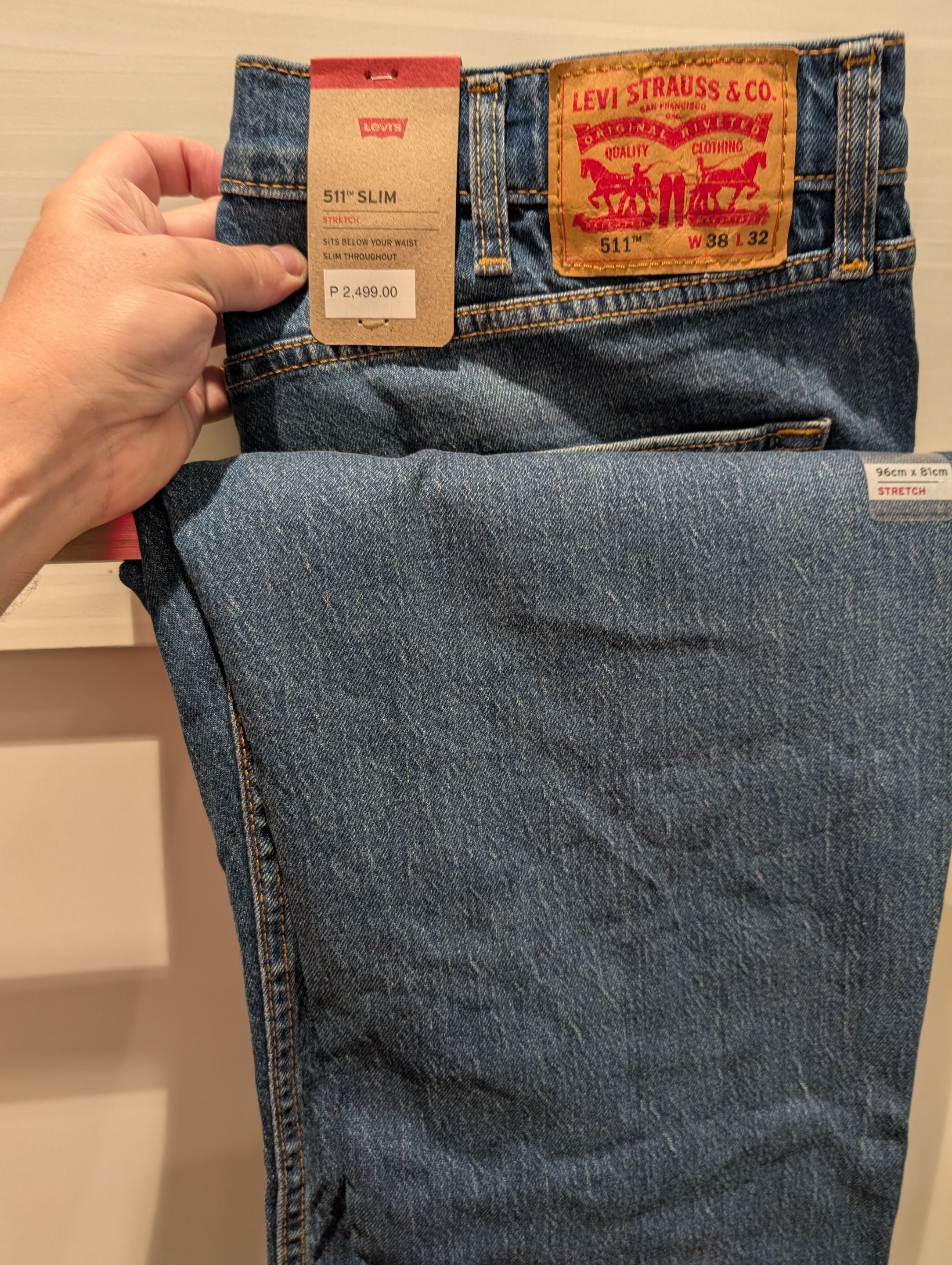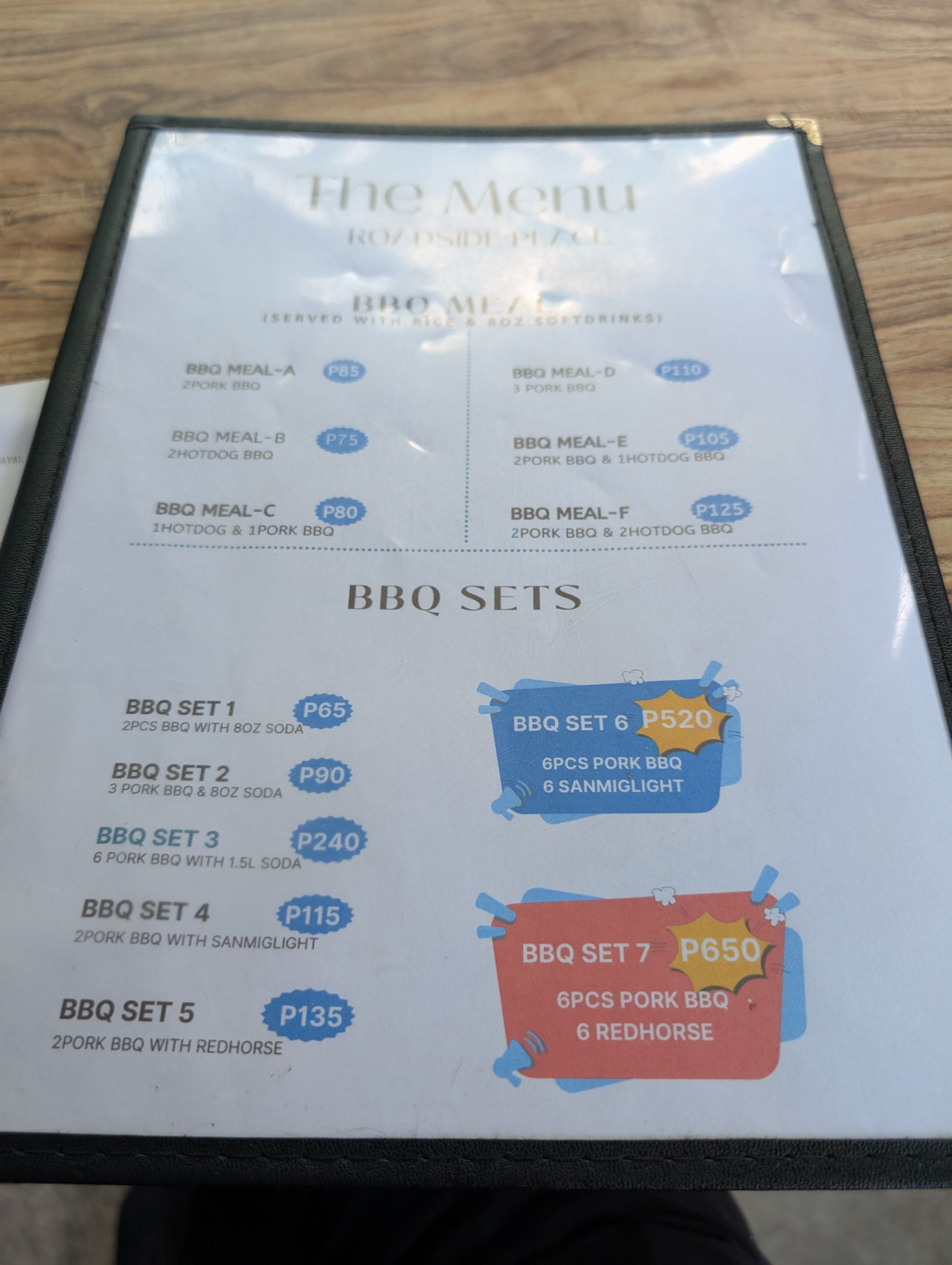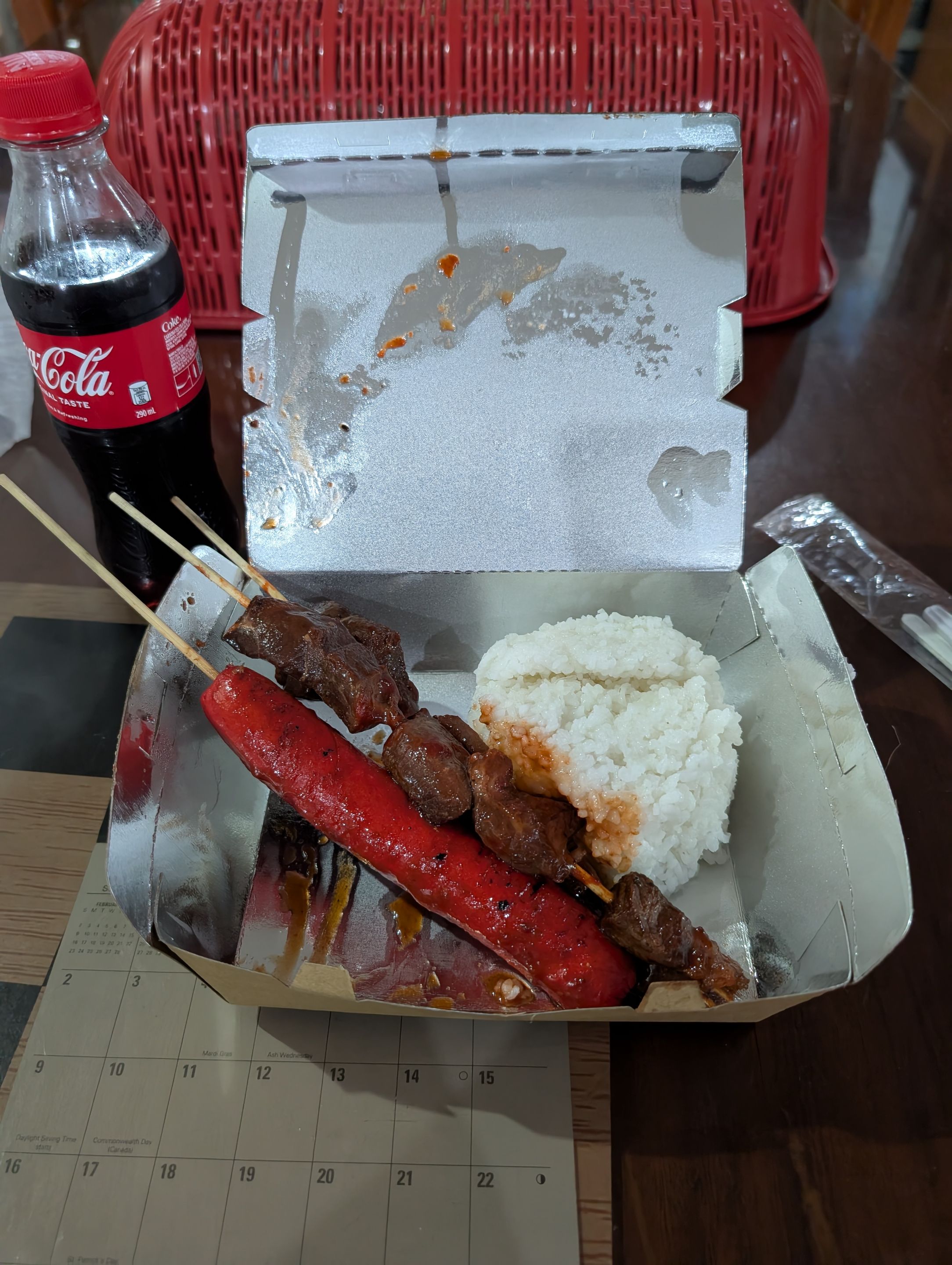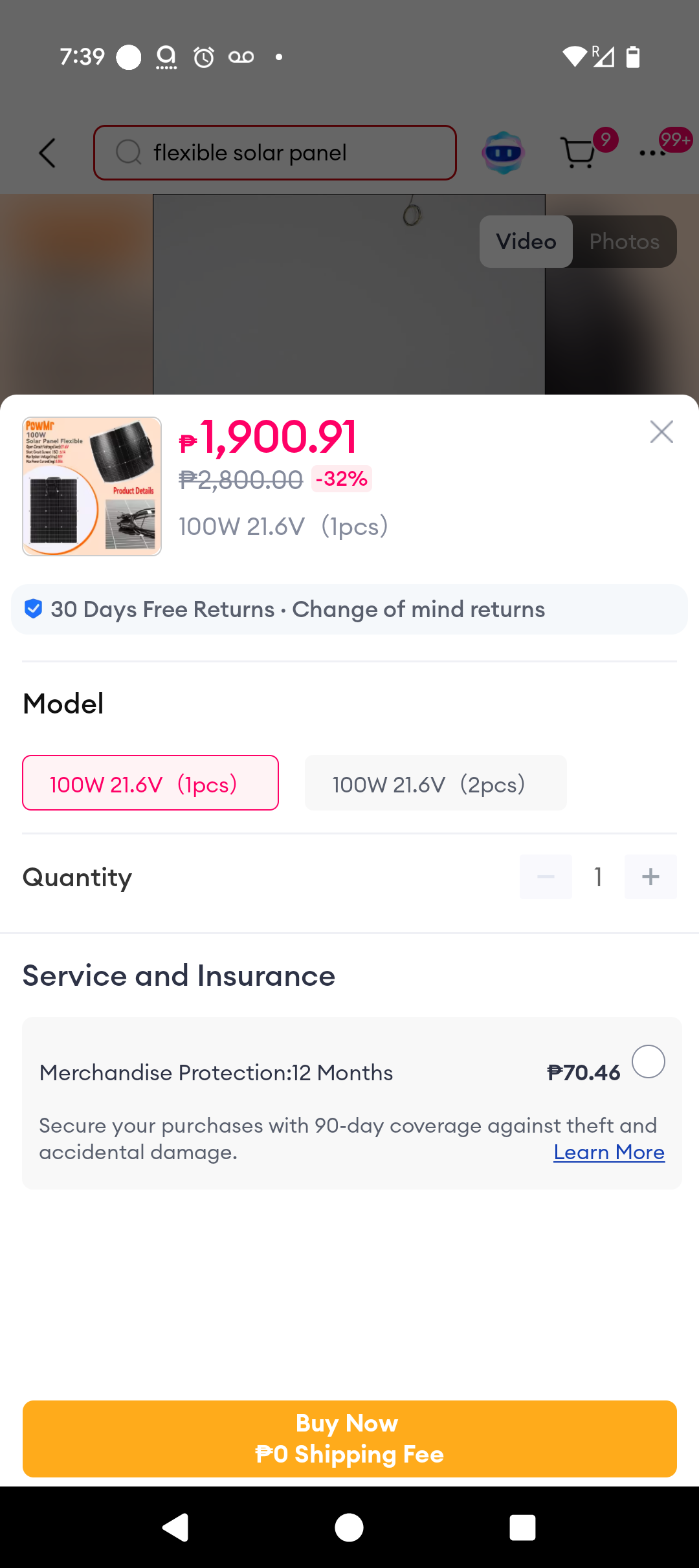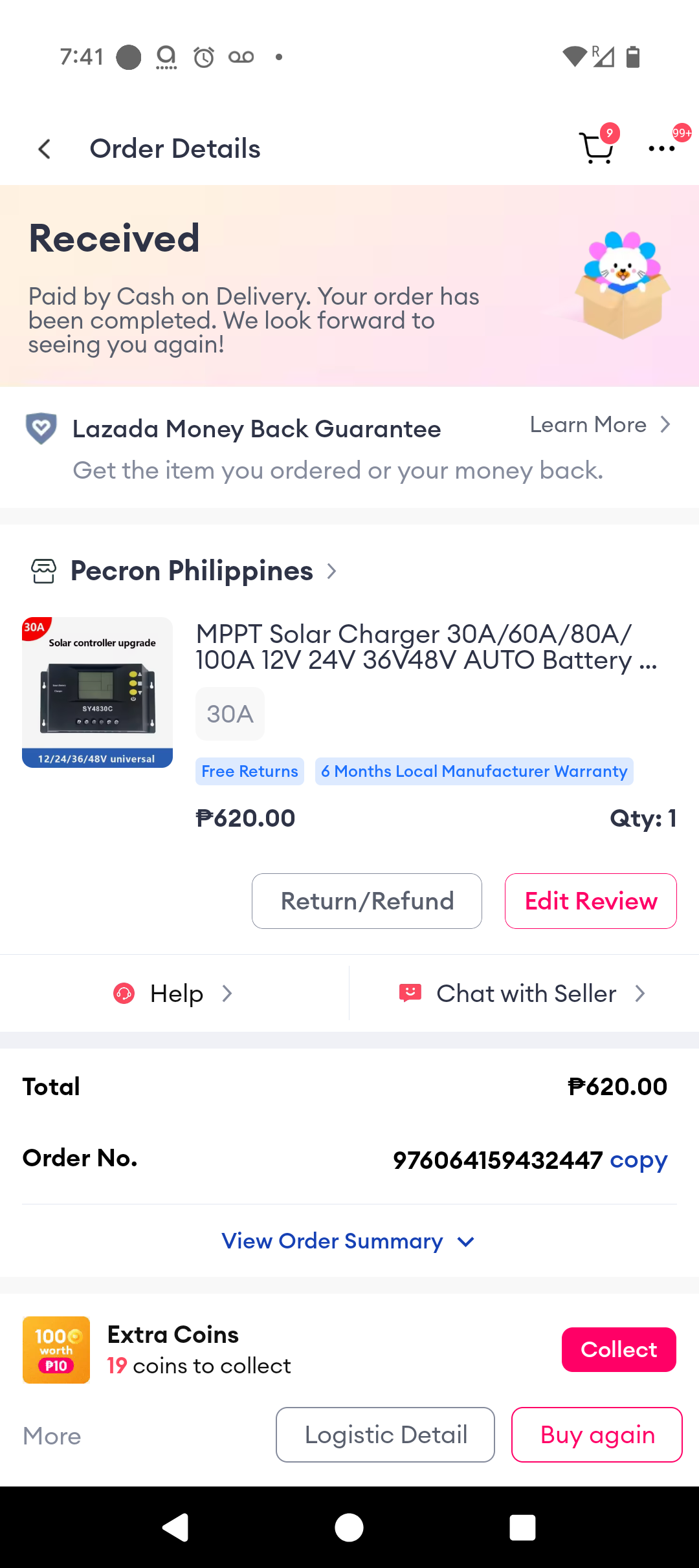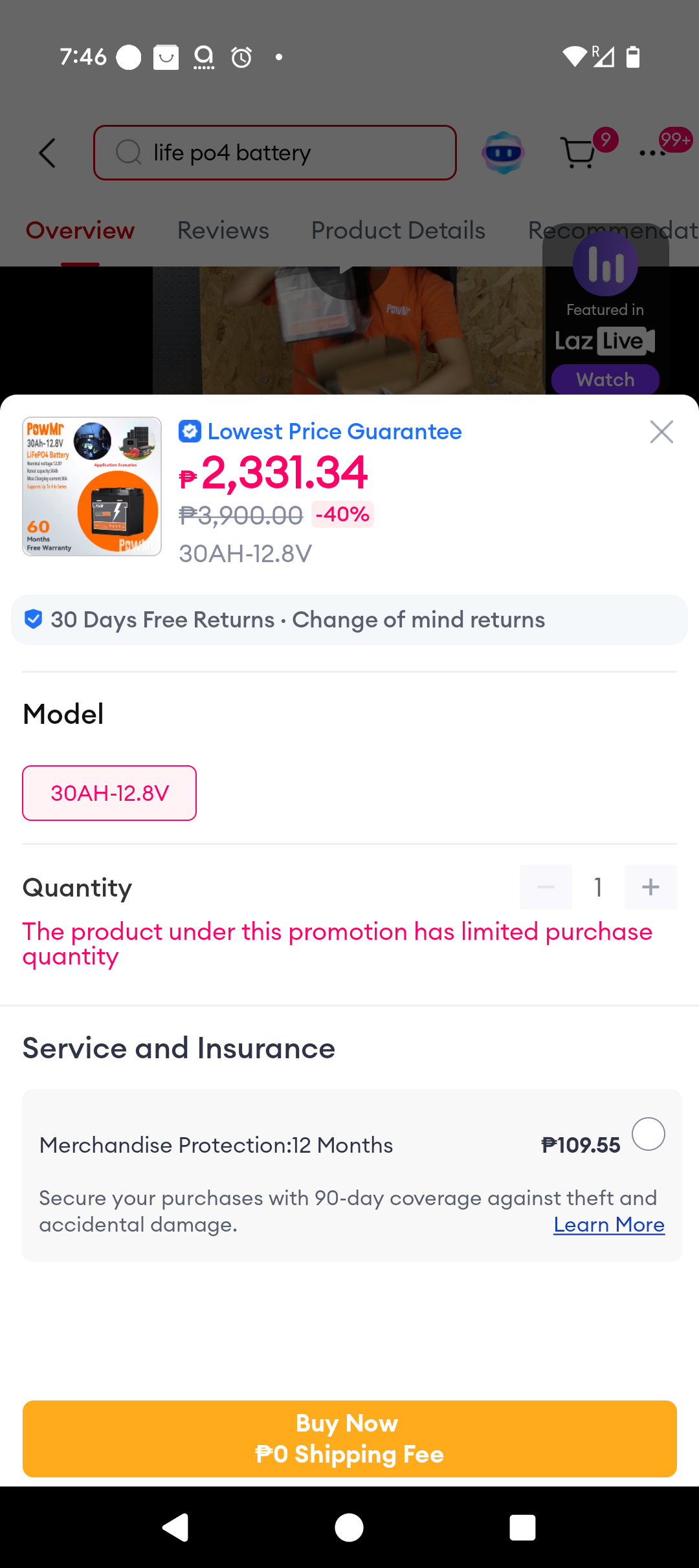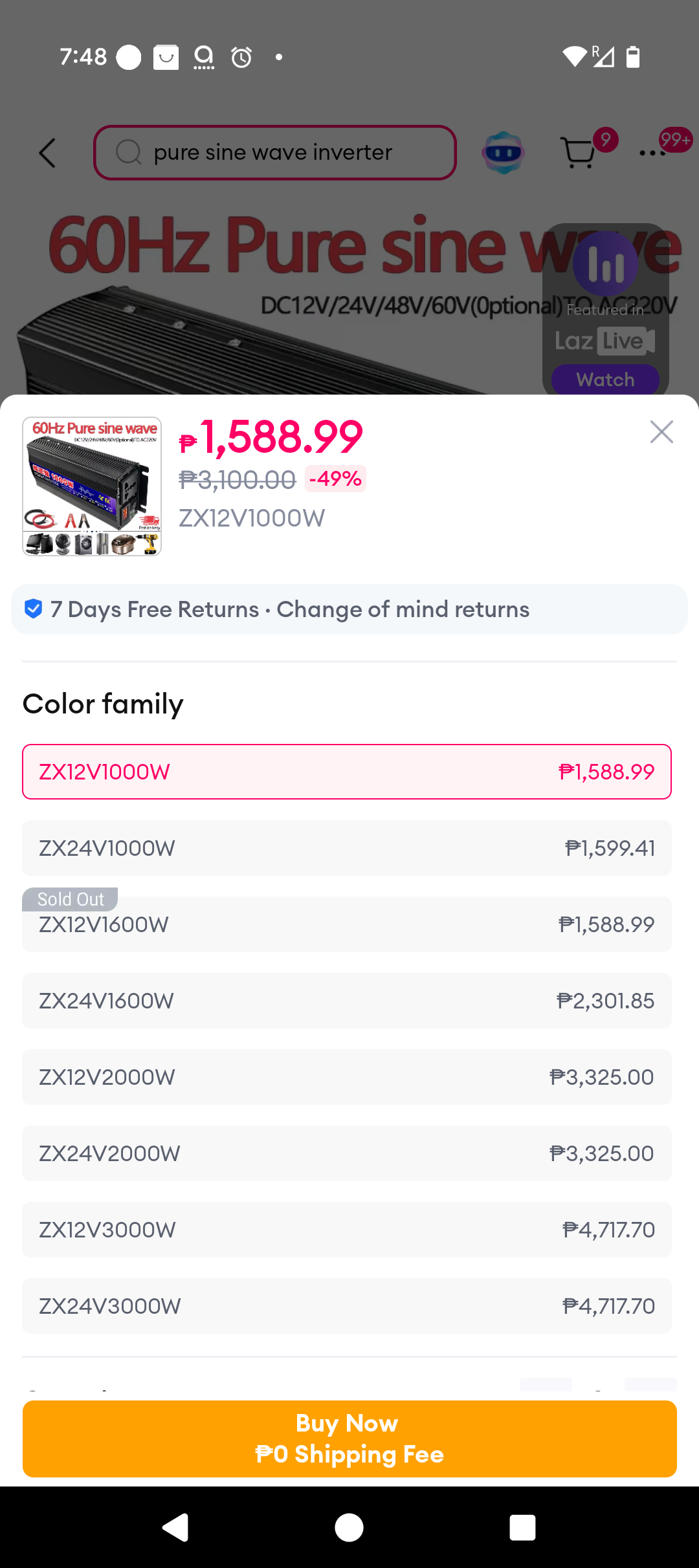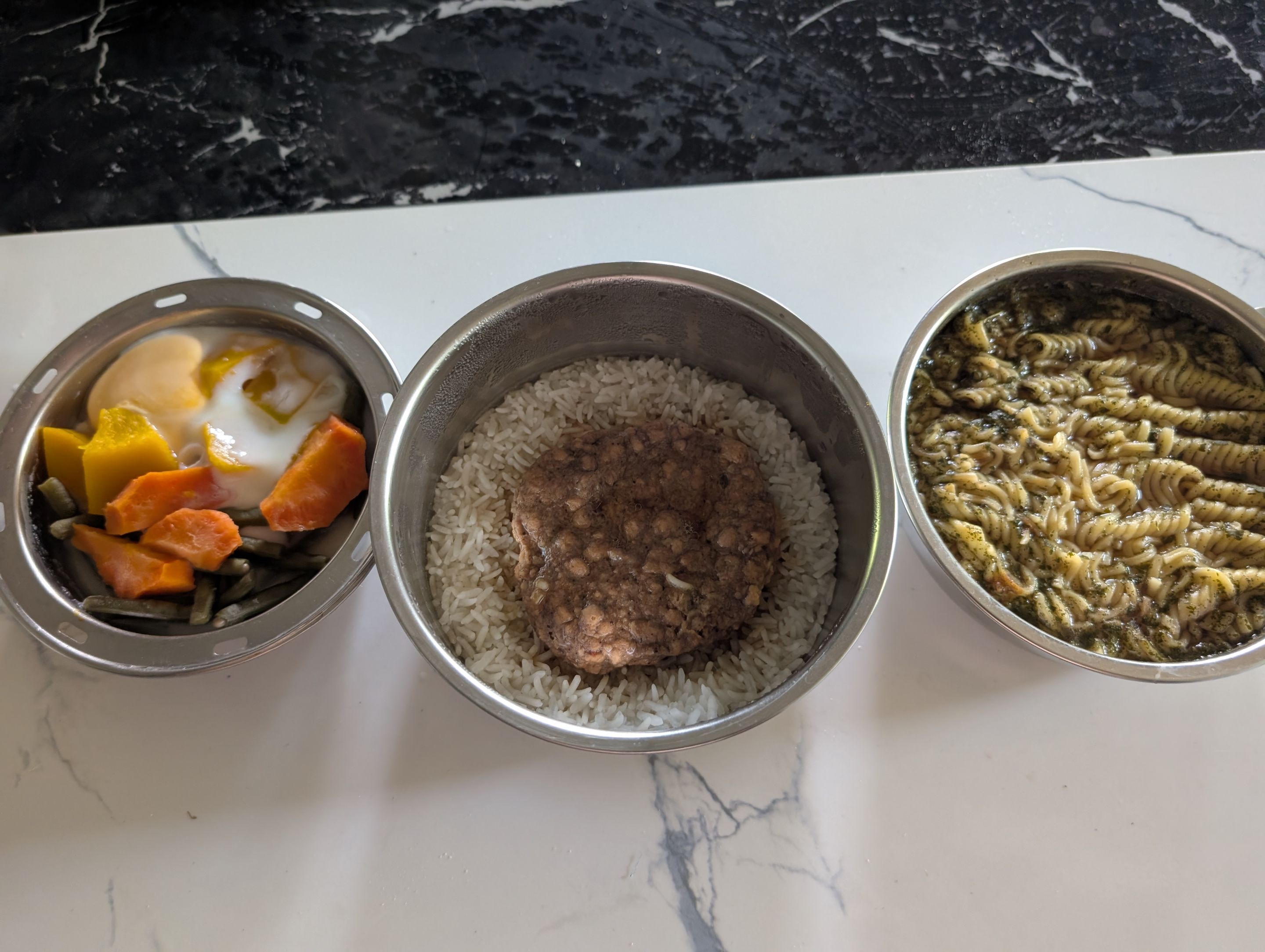I've been on "Vacation for almost two months.....
Yup. I've been in the Philippines trying to get a house setup for the past two months now. It is so frustratingly slow but step by step things are getting better little by little.
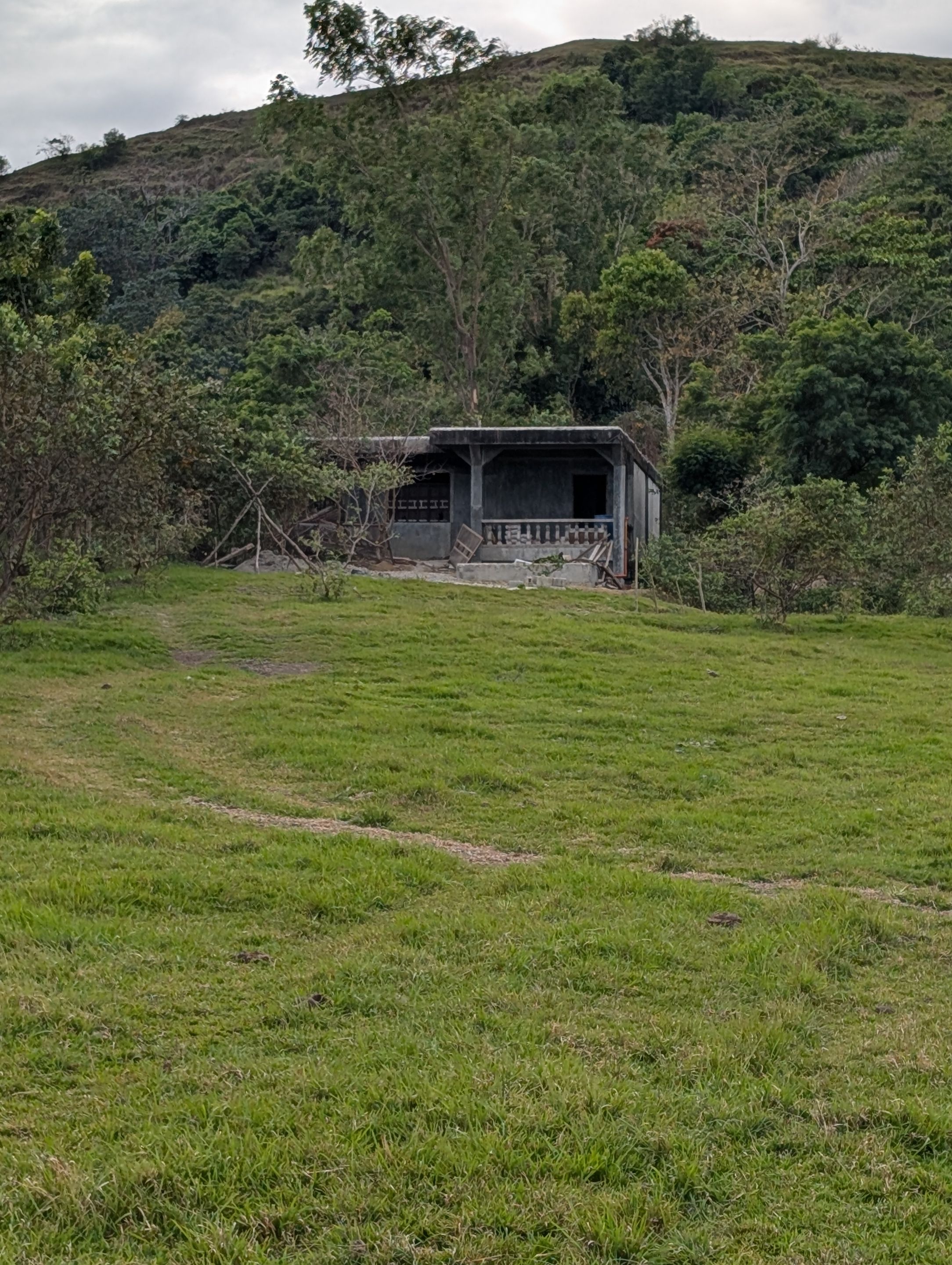
An Image I took of my home
A view from the home
And while I've been here my expenses have fallen off a cliff. It is just so much cheaper to live here than it is in Canada. Well, that and the fact that I am staying with my brother-in-law so many expenses I would normally worry about I don't have to.
But that doesn't mean that I don't pay attention to prices of things. I just wouldn't be me if I wasn't always looking for a good deal on those things that I do buy. Or looking to see how much I can save by doing it myself.
Some typical price comparisons
Internet
Who doesn't like having internet? In Canada I have home Internet which costs $100CAD or about 4000PHP. Its fast. Its unlimited and by Filipino standards its expensive. However I don't home internet in the Philippines so I have nothing to compare it so.
So lets look at cellphone plan with data.
In Canada : $50/month (P2000) -- Unlimited
In Philippines : $2.50 (P99) per week -- 18GB Data weekly
And here is the thing. In Canada I couldn't realistically go under $40/month (P1600) for any useable plan. In the Philippines I get a perfectly useable price for 20-25% of the price.
Electricity
What's life without electricity? Pretty basic, right?
In British Columbia where I live I pay roughly $0.11 per Kwh (P4.5)
In the Philippines? $0.30 per Kwh (P11.5)
So its almost triple the price to power everything here. Plus we have already had numerous power outages while I've been here while in Canada I rarely have to think about power outages.
Clothing
Now here things get interesting. In the Philippines there is a lot of Ukay Ukay (second hand) and prices start at P40 or about $1 CAD. In Canada things will cost almost 10x as much in the thrift store.
However, shopping online I can get new clothes (Jeans/T-shirt/etc) for fairly cheap. I've purchased a lot of items on Lazada. T-Shirts P100 or about $2.50. Jeans for P240 or about $6. In Canada I would likely pay about 4x that much or more.
BUT you get what you pay for. The quality of the item is much lower than I would get in Canada.
Plus: They have asian sizes so buying things my size can be exceedingly difficult to find. Well, unless I want to buy American style jeans like Levi's or Lee's. Which are P2500 ($63) and I can often find for about half that price in Canada (on sale of course).
Food
Where do I even start? It's almost impossible to compare because things are just marketed so very differently! In Canada you buy a bag of cookies for $3.00 (P120) while yesterday I bought an individually wrapped cookie for P5 ($0.12) and a three pack for P10 ($0.25). Local fruit is cheap while imported foods are expensive...in both countries.
But there are a few things which are sort of similar.
Chicken for example: In the Philippines SM (major grocery) they list the price right up front at P160/kg or about $4.00. In Canada I'd be lucky to find chicken for P480/kg or about $12/kg. (and for any Canadians reading this...yes I know chicken breast will cost easily triple...and beef will drain your bank account).
Coca cola : Universal everywhere right? Except the sizing is very different here! And what size you buy makes a HUGE difference! Plus where you buy of course.
In the Philippines a "personal size" is 240-300ml. A family size is 1.5l and jumbo size is 2l.
In Canada? A personal size is 500ml/710ml. A family size is 2l. Cans are either 222ml (mini) or 355ml (regular)
Which of course means that there is a reason Canadians gets much larger than Filipino. But to break it down a bit...
In the Philippines the cheapest way to get coca cola is "mismo" or all by itself and you don't get a bottle. P11 for 238ml or about $.28.
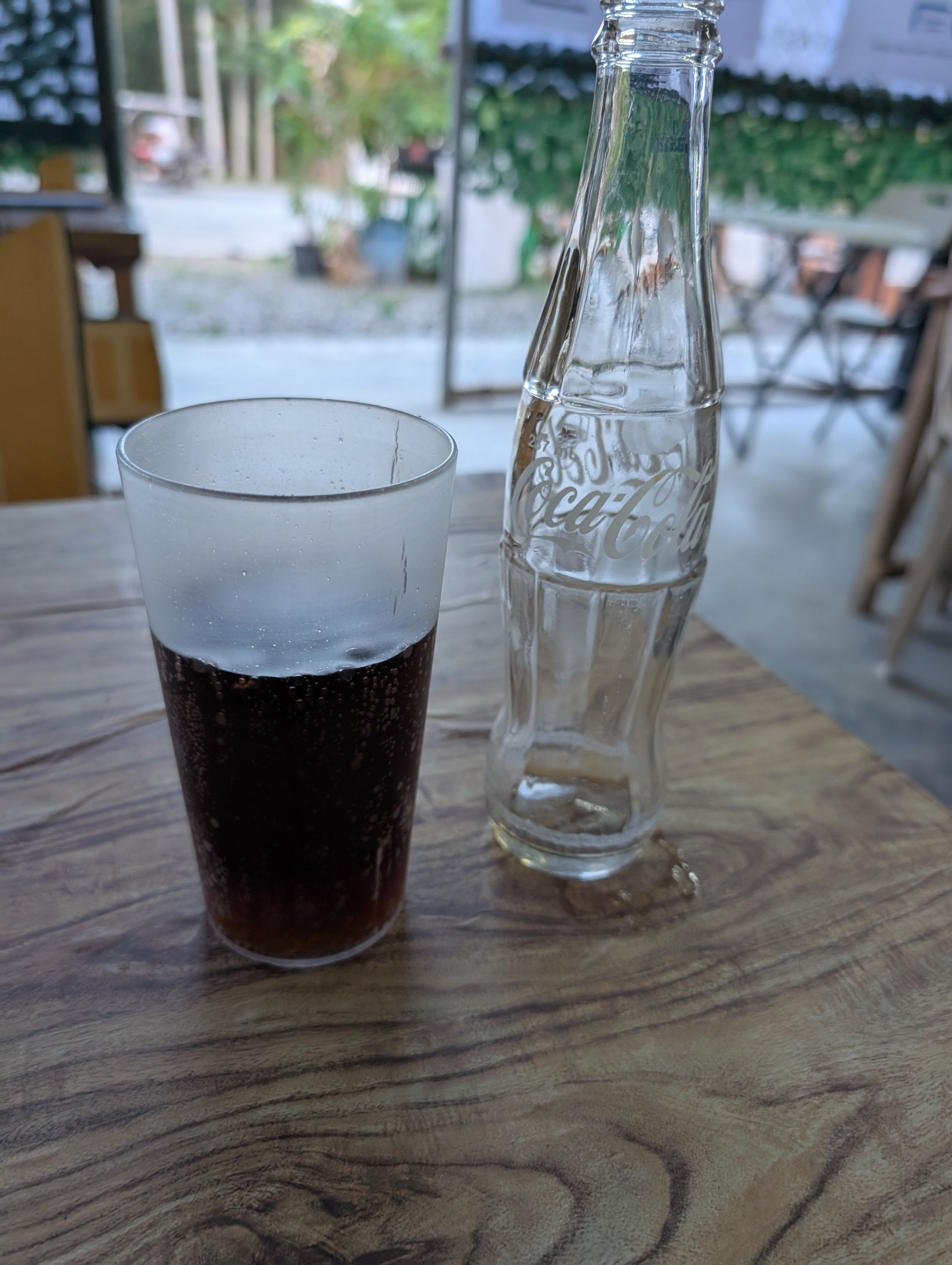
Coca Cola "Mismo" you can drink the cola, see the bottle, but the bottle stays
In Canada the cheapest way is to get the 6 pack of 710ml bottles for $3.50 on sale every friday at Shoppers Drug mart. $.58 per bottle. It may be double the price but you get triple the amount
But what about the big size? Compare the 2L Filipino to the 2L Canadian? Actually very similar in price.
Philippines P88 ($2.20CAD) in Canada probably about the same BUT Canada often puts it on sale for $1.50 (P60) and I haven't seen any such sales here in the Philippines.
But then there is "Convenience pricing". Buy a bottle of coca cola in a convenience store an expect to pay bigtime! P80 / $2.00 or more in Canada. In Manila at 7/11 only about P40 ($1) for size comparable to Canadian so half price.
Getting lost in the details
Now I could have gone on and on and on with comparisons and how to get the best deal. I mean I really REALLY like making sure I get the lowest price on what I need.
But as QUICK examples: Eating out at a restaurant is much cheaper in Philippines with a local barbecue place having meals starting at under P100 ($2.50) in Canada things typically start at P400 ($10)
Transportation? Fairly cheap in the Philippines with jeepney rides starting well under P40 and in Canada you can't get on a bus for less than triple that. Want to hail a ride? Trikes start at about P50 and go up. A taxi in Canada you don't get in the door for less than 5x that much.
Rent? I can get a nice place furnished and all inclusive for P30K easily in Manila in Canada expect to pay at least triple and probably more. For unfurnished and no utilities included.
and the list just goes on and on.
But....
Flipping the narrative
The whole point of setting up my place in the Philippines is I am trying very hard to go "off grid".
**What if I didn't have to pay anything?**
While I'm here I'm purchasing very very little. In a week I mostly stay at the house and work on it. My brother in law is a farmer with many chickens and my father in law plants many vegetables. As such free meat and vegetables. I have my own pumpwell so no water utility bill ($100 Canadian at my Canadian home). I have my own solar panels so I don't need to pay for electricity. As a result I can survive on pretty much nothing. Now I do enjoy my ice cream (P16) which would be at least 4x as expensive in Canada. And of course I'll keep paying for my internet / cellphone. But honestly...being self sufficient and not having to worry about making lots of money every month is sweet.
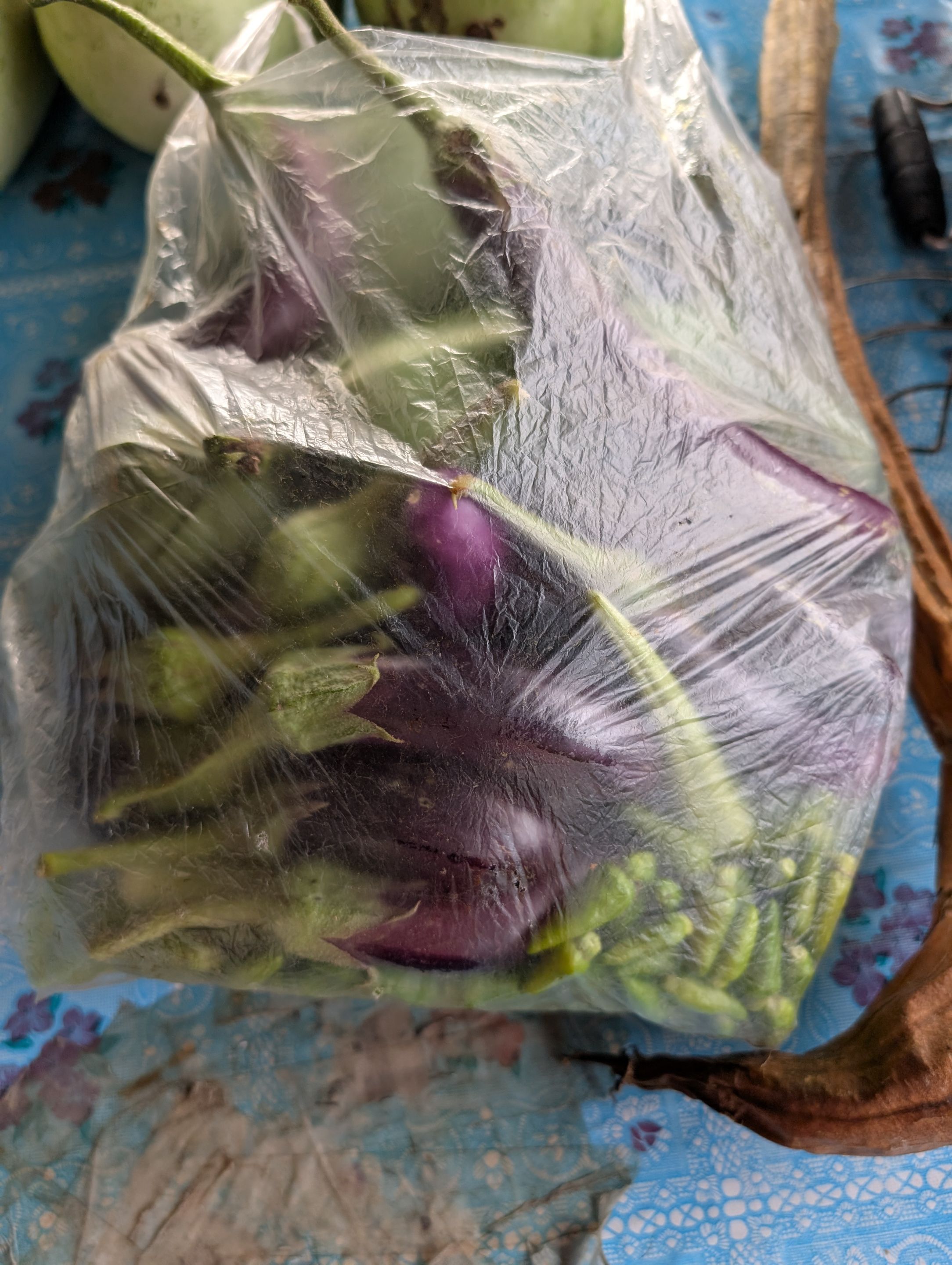
The morning haul of vegetables from the garden.
Hello from the cows and I.
But in that light.... How expensive is it to just say no to the electric company?
Solar power
Now a lot of people think getting a solar power system is expensive and complicated. Honestly if you have someone install a professional system that's probably very accurate. A whole house style system gets complicated and the more things you want to connect the more expensive it will be.
But here is a lesser known fact. You don't need to start big to get something useful! The solar system I started with here in the Philippines is incredibly bare bones but allowed the workers to have light while they are working. Allowed them to use their power tools. Allowed them to charge their cellphone. Allowed me to keep my fridge running (so we could have cold drinks in the Filipino heat) and more! Even on cloudy and rainy days when the system wasn't running anywhere near 100% we could still power up phones and run most of the equipment.
So here is to
@jjmusa2004 (who has an awesome system) and
@jjmusa2004-ene (who told me how hard it is to get reliable power in Nigeria).
A simple solar system
To get things started it is as simple as having 4 items:
- Solar panel
You only need to start with one and you can always add more later. I started with a 100W panel because (a) it wasn't that expensive and (b) it gives a useful amount of power in a day.
- A battery
You can't power things directly from a panel as the voltage fluctuates too much. Better to store that energy into a battery so (a) you have power when you need it sun or not and (b) the power is constant voltage (mostly).
- A charge controller
Now technically you could hook up a solar panel directly to a battery. The problem is once the battery is full it will be destroyed fairly quickly if you don't cut off the power. Kind of like using a faucet to fill a bucket. Life is good while its filling but goes bad if you don't turn off the water when its full.
A charge controller makes sure the battery gets filled without damaging the battery. Now there are two types PWM and MPPT. Both work but the MPPT makes sure you get the most power from your solar panel going into the battery. (it's technical, I won't bore you with the details)
- An inverter.
Now most appliances get plugged into an electrical outlet which is AC current. Solar makes DC current. They aren't the same thing. An inverter turns your battery into a wall outlet so everything works. But a couple caveats when looking at an inverter.
(a) Some give power the same as the wall outlet (pure sine) and others give power which is similar to wall outlet (modified sine). Pure sine works on everything while the modified may or may not.
(b) The inverter has a maximum power rating before it cuts out. Much like a circuit breaker. Small cheap ones will only power small items like phones, laptops, led lights and so on. If you want to power fridges, stoves, microwaves or other high power items...well.... its going to need a very beefy inverter.
and I guess I should add
- Wires to hook everything up. Preferably large enough to now cause a fire hazard. No big deal with small electronics but becomes important when powering a stove.
But what do these items look like and what's the cost?
Well, here is how I would personally start out:
Solar Panel : 100W -- Cost P1900
Charge Controller : MPPT 30A -- Cost P620
Lithium Battery : 12V 30Ah -- Cost P2331
Power Inverter : 1500W / 3000W surge -- P4717
Total Cost : P9568
Or in HBD $163
Now this is considerably more than your typical cellular phone power bank to be certain. However, that battery if labelled for a power bank would be over 100,000mah ... and actually mean it! (sorry, many power banks outright lie).
But for my Nigerian friends. A "big" power bank would cost about 105,000 Naira. This setup would cost about 260,000 Naira BUT hold three times the charge.
Now if you just got a power inverter good for cellphones? Well you could cut the price down in half
but it would only power cellphones.
This system as it sits?
On a sunny day it will charge the battery to full. With a full battery you could run a small fridge all day. Or you could power a fan for two days. Or power your cellphone, laptop, fan and light for at least 8 hours. Or you could cook a meal like this one and run a washing machine plus power your cellphone and laptop. I know because I've done it.
Here is a meal I cooked with about 30% of the energy stored in the battery I showed above.
But here is where things get interesting.
The Power Inverter and the Charge Controller? They are capable to being hooked up to 4 solar panels and 4 batteries to allow you to run almost anything you might like. So, once you have a basic system you can expand easily.
Which would look like:
- Solar panels x4 : (1900x4) = P7600
- Charge controller : P620
- Lithium Battery x4 : (2331x4) = P9324
- Power Inverter : P4717
Total price : P22,260 or $379HBD or 582,000 Naira
Is it expensive?
For the average Filipino? Absolutely. For the average Nigerian? Probably even more so.
But that's the system I have in my house (well two of them actually) and I can say for certain...
It can power anything I need.
Microwave? Yes.
Power Tools? Yes.
Rice Cooker? Yes.
Fridge? Yes.
All the small stuff? Absolutely.
Now it only holds 1.2Kwh of power so it won't do everything all the time but it will do whatever I need to when I need it. And honestly? $379HBD for a solar system that is actually fairly capable is pretty cheap compared to most installed systems.
But as a final thought. This system makes 400W of power max/hr. Actual amount is about 250W/hr peak and less off peak. My daily totals? About 2Kwh a day (half that on cloudy/rainy days), If I was to buy that from the power company it would cost me P23 each and every day.
At a cost of P22,260 up front and getting back P23 daily? In under 1000 days it has paid for itself. Sure its like paying 3 years of electric bills up front. Well less if you consider the electric bill also has delivery fees and such on it. But here is the thing. This system will likely last decades or longer.
Yes rainy days mean being careful with power usage. But your phone can ALWAYS be charged. You can prioritize what you need to run. And if you are smart you can say goodbye to one bill that always crops up.
As a side note: All the images were taken by me.... or were screenshots from Lazada of the items I purchased online.

